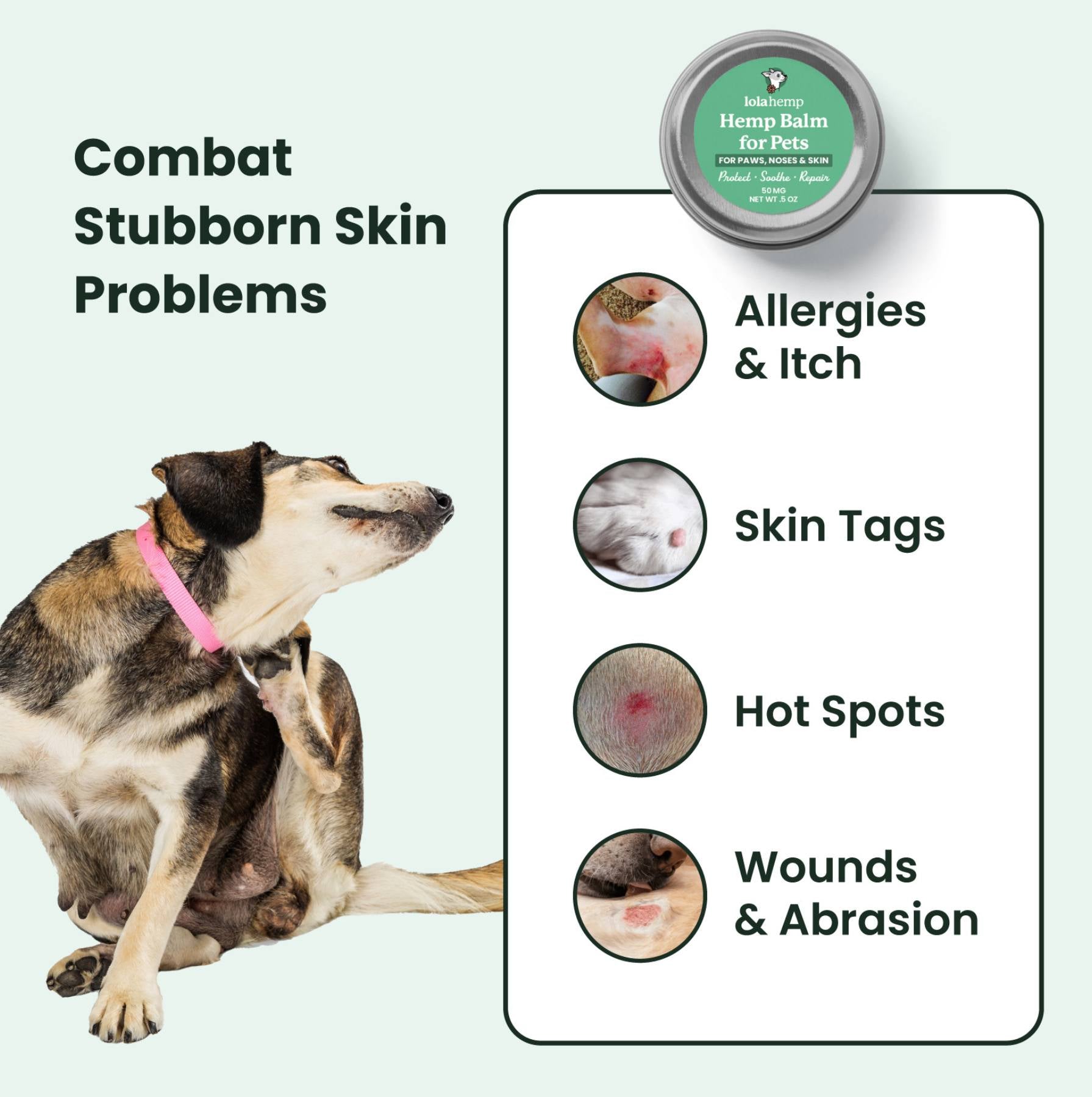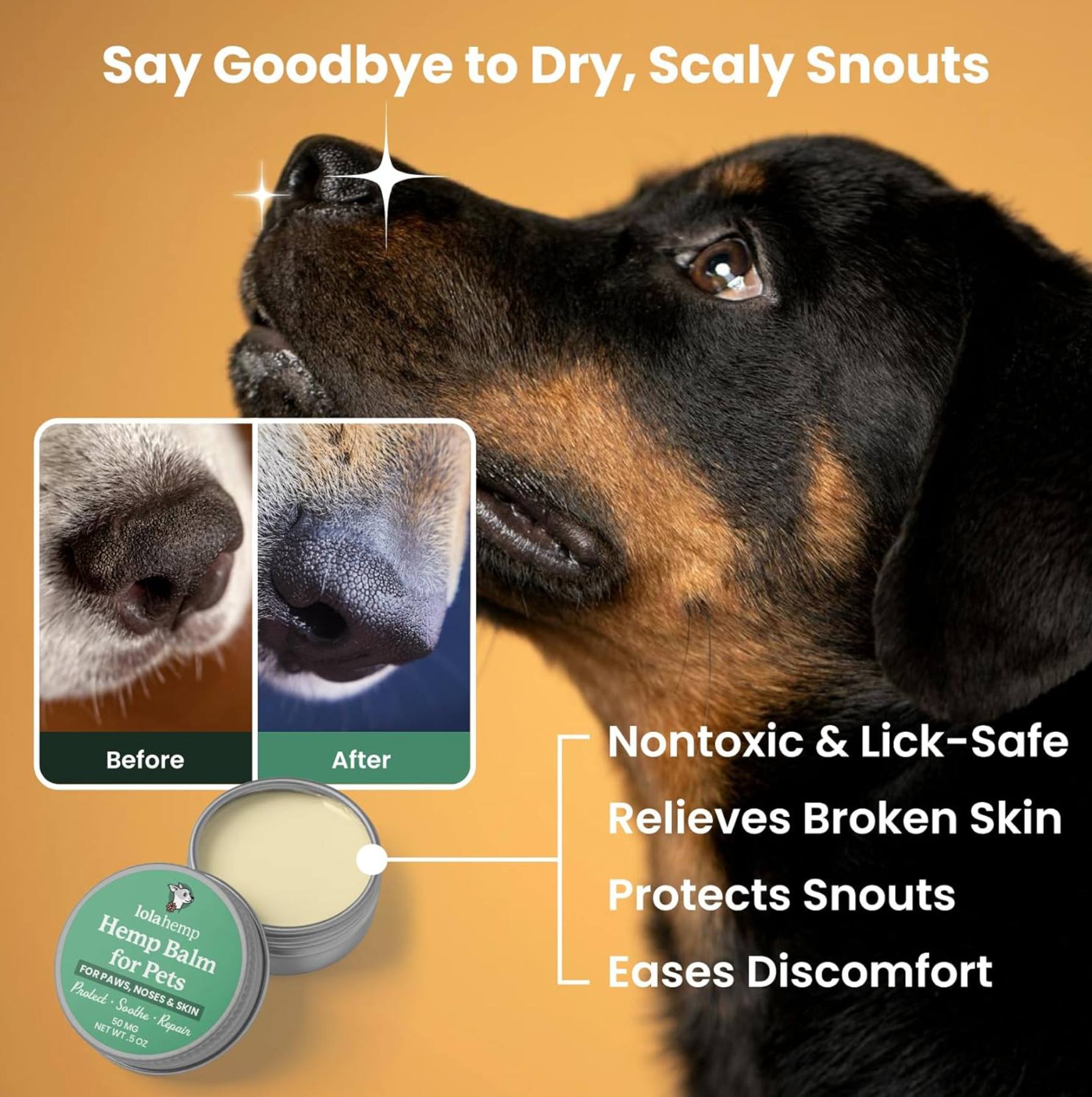Mites are one of the most common parasites that affect the lives and well-being of our furry friends, often causing significant discomfort and skin issues. These microscopic pests burrow into the skin or attach to hair follicles, leading to itching, inflammation, and in some cases, more severe dermatological conditions.
Dogs suffering from mite infestations may also develop secondary infections or allergic reactions, as their immune systems respond to the irritation caused by these tiny invaders. Certain mites, like sarcoptic and demodectic mites, can exacerbate pre-existing skin allergies, making conditions like atopic dermatitis even worse.
- What Are Mites and How Do They Affect Dogs? " href="#span-data-color-transparent-what-are-mites-and-how-do-they-affect-dogs-span">What Are Mites and How Do They Affect Dogs?
- How Are Dog Mites Transmitted?" href="#strong-span-data-color-transparent-how-are-dog-mites-transmitted-span-strong">How Are Dog Mites Transmitted?
- How to Know if Your Dog Has Mites: Symptoms" href="#span-data-color-transparent-how-to-know-if-your-dog-has-mites-symptoms-span">How to Know if Your Dog Has Mites: Symptoms
- Treatment of Dog Mite Symptoms" href="#span-data-color-transparent-treatment-of-dog-mite-symptoms-span">Treatment of Dog Mite Symptoms
- How to Prevent Mites from Getting On Your Dog" href="#span-data-color-transparent-how-to-prevent-mites-from-getting-on-your-dog-span">How to Prevent Mites from Getting On Your Dog
- Can Dogs Give Humans Mites, and Vice Versa?
- In Conclusion" href="#span-data-color-transparent-in-conclusion-span">In Conclusion
- Frequently Asked Questions About Mites on Dogs
What Are Mites and How Do They Affect Dogs?
Dog mites are tiny microscopic arachnids that are barely visible to the naked eye. These tiny creatures infiltrate a dog's paws, fur, ears, and skin, causing a lot of discomfort and leading to health issues.
Dog mites typically cause intense itchiness, redness, hair loss, and crusty skin.

How Are Dog Mites Transmitted?
Mites find their way onto our furry friends through various means, causing a range of discomforting conditions. These pests infiltrate a dog's coat or skin through contact with infested animals or environments.
Mainly, mites get on dogs from other animals or while they're on walks. Mites can linger in your local environment and latch onto your dog's skin while they're out and about.
-
Transmission from Infested Animals: Direct contact with another infested unfamiliar dog can easily transfer mites to a healthy dog. Social interactions, especially among dogs in close quarters, increase the risk of transmission, particularly for contagious types of mites like Sarcoptes scabiei.
-
Environmental Transmission: Mites are resilient and can linger in environments such as pet bedding, grass, or soil. Dogs spending time in these infested areas can inadvertently pick up these mites. Places like parks or shelters can serve as hotspots for mites, making them a source of transmission.
How to Know if Your Dog Has Mites: Symptoms
Mites on dogs can present a variety of distressing symptoms, often affecting their skin and behavior. The most common sign of infestation of mites on dogs is intense itching.
Dogs may also exhibit behavioral changes such as constant scratching, biting, or licking of affected areas. This persistent itching can lead to red skin, crusty patches, and, in more severe cases, hair loss, indicating an uncomfortable and distressing experience for our pets.
For specific mite infestations like ear mites, you might notice your dog excessively shaking its head or displaying unusual behavior while trying to scratch the ears.

Treatment of Dog Mite Symptoms
Once the vet determines that your dog has mites, they will suggest a treatment plan personalized for your dog’s specific infestation. Let's look at some of the ways to treat mites.
-
Topical treatment: Topical treatments, such as medicated anti-parasitic shampoos, spot-on treatments, or ear medications, are commonly prescribed to eradicate the mites and alleviate the discomfort experienced by the dog.
-
Oral Medication. In severe cases, oral medications or injections may be necessary to effectively combat the infestation and kill mites.
-
Dealing with Secondary Infections. The treatment plan also covers handling any secondary infections or dog skin problems spawned by the mite invasion. Plus, your vet will likely give you tips to prevent re-infestation to keep your pup healthy.
-
Monitoring. Moreover, veterinarians play a crucial role in guiding pet owners on long-term care and monitoring post-treatment. Regular follow-ups and check-ups are recommended to ensure the successful eradication of mites and to prevent re-infestation.
How to Prevent Mites from Getting On Your Dog
Implementing strategies to keep these microscopic troublemakers at bay involves a multi-layered approach.
-
Good Hygiene Practices. Regular grooming sessions and a watchful eye on your dog's skin and ears can catch early signs of trouble. Periodically cleaning your dog's bedding and living areas significantly reduces the chance of mites making themselves at home.
-
Keeping a Clean Home: Regularly vacuuming helps eliminate any lurking mites. Washing your dog's bedding regularly in hot water and employing pet-safe cleaning solutions for your home creates an inhospitable environment for mites.
-
Healthy Diet and Exercise. A well-balanced diet and regular exercise can boost your dog's immune system, making it more resilient to potential mite invaders. A healthy immune system enables a dog to fight a skin disease caused by mites.
Can Dogs Give Humans Mites, and Vice Versa?
Yes, dogs can give humans mites. You can also give mites to your dog.
The good news is that mites are species specific in most cases, so they can transfer across species but the mites transferred won't be able to reproduce. If your dog has mites, be cautious not to get them but know that they won't cause a lasting issue for you if they do transfer over.
In Conclusion
Mites, despite their tiny size, wield a significant impact on our furry pals. To ensure our dogs stay healthy and happy, it's crucial to spot the signs of mite troubles early, get veterinary care pronto, and apply preventive tactics.
By being attentive and providing care, we secure our pets' comfort and avoid the bother of mite infestations. Remember, your proactive approach can keep those pesky critters at bay and ensure your furry friends are happy and healthy!
If your dog is experiencing difficult skin and you want to find relief while you're finding a solution, consider using a soothing salve made specifically to relieve dogs' discomfort.
Frequently Asked Questions About Mites on Dogs
What are the most common signs of mites on dogs?
The most common signs include intense itching, red or inflamed skin, hair loss, crusty patches, and excessive scratching, licking, or biting of irritated areas.
Can mites on dogs spread to humans?
Yes. Some mites can transfer to humans, but they typically cannot reproduce on human skin and usually cause only temporary irritation.
How do veterinarians diagnose mites on dogs?
Vets normally perform skin scrapings, microscopic examinations, or ear swabs to identify the specific type of mite affecting your dog.
How long does it take to get rid of mites on dogs?
Most mite infestations improve within a few weeks with proper treatment, though severe cases or secondary infections may take longer to fully resolve.
Are home remedies effective for treating mites on dogs?
Home remedies may soothe symptoms temporarily, but they cannot eliminate mites. Prescription treatments from a veterinarian are required to fully remove the infestation.










Comment
Found the mite information interesting And informative. Years ago I had a dog get canine scabies while he boarded with friends for 2 days. He had to be treated and I was washing linens, dog bed etc and checking myself. He was cured but in the yard my dog comes in itching in feet due to environmental allergies but busy always washing feet. She has health issues so a compromised immune so I’m keeping a close watch- its mandatory I monitor my baby Mocha, a 8yo Harlequin Brown Merle min pincher.